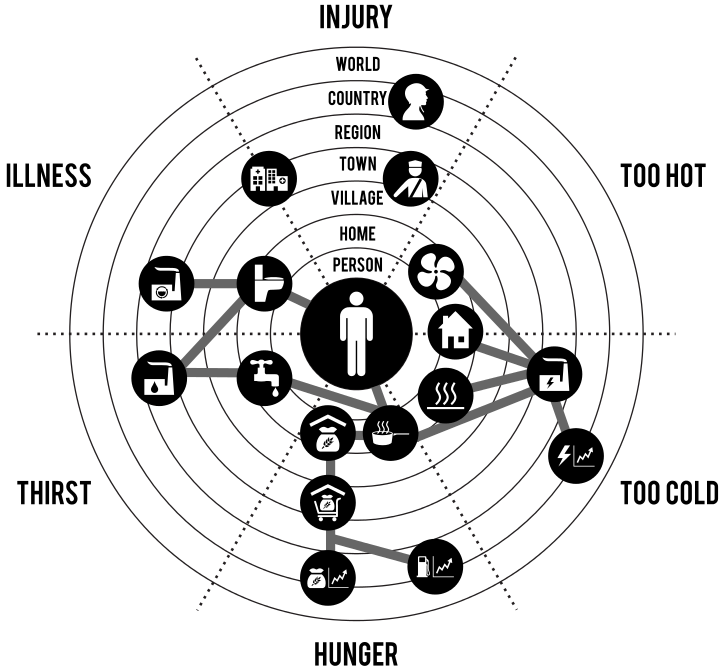Unions can play a vital role in taking over abandoned production facilities. If I remember correctly there were a lot of such cases in Argentina after the state default. Might be worth searching for some lessons learned.
Solar Punk
Move quietly and plant things :)
Solar Punk memes, writing, idealism, and urbanism. Utopians welcome.
Solarpunk imagines a world in which today’s existential threat - the climate crisis - is being approached with camaraderie and adaptive ingenuity.
Yes, I visited Viome in Thessaloniki and met people from FraLib. I read a bit about Argentinian movement. However, my line of thought goes closer to the perspective of Angry Workers (see: https://www.angryworkers.org/2016/08/29/insurrection-and-production/, especially section d. The regional backbone of insurrection: empirical material about the structure of essential industries in the UK region). The difference is, they take a large-scale view and their perspective is (no wonder) workplace-centric. But they did a remarkable work nevertheless.
